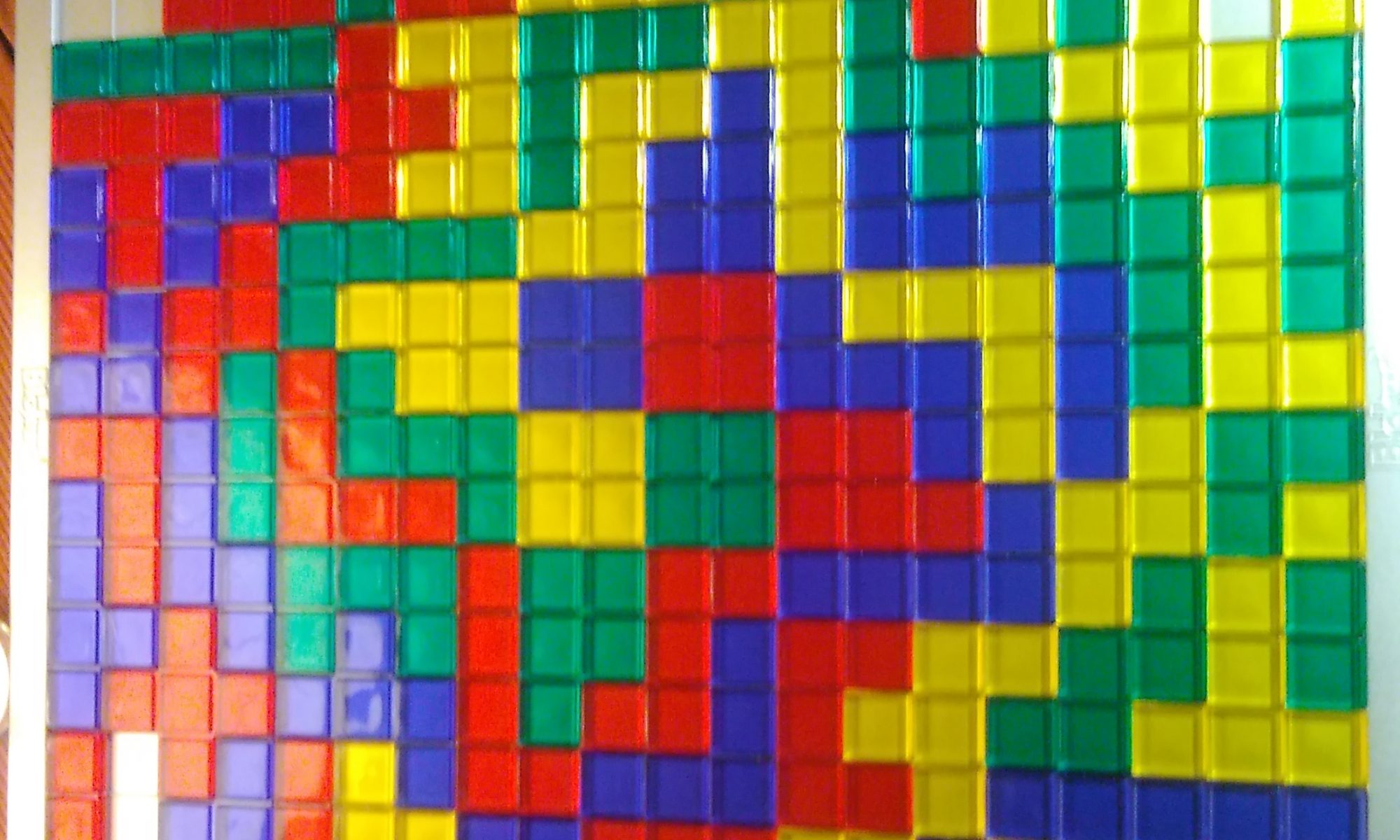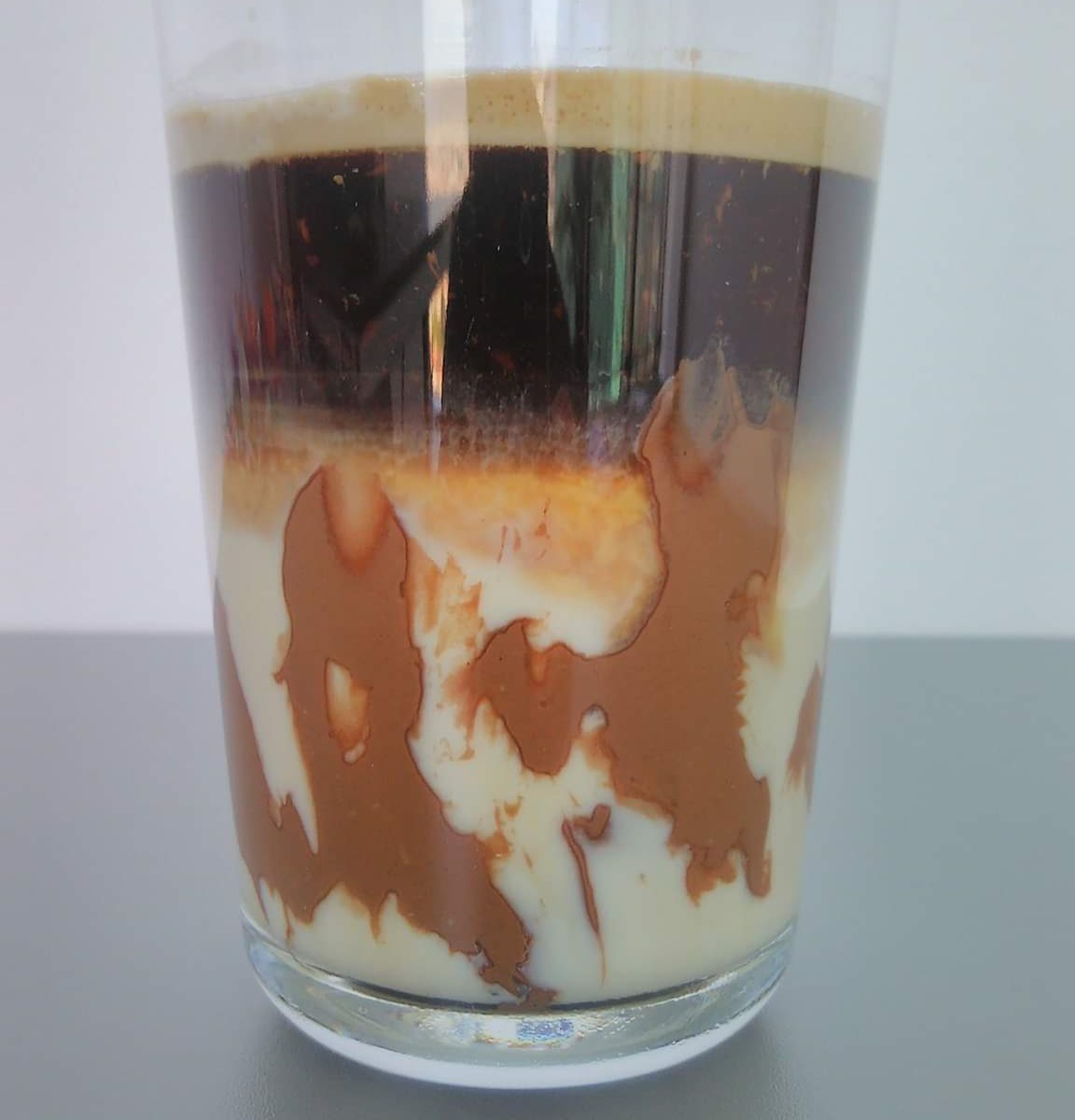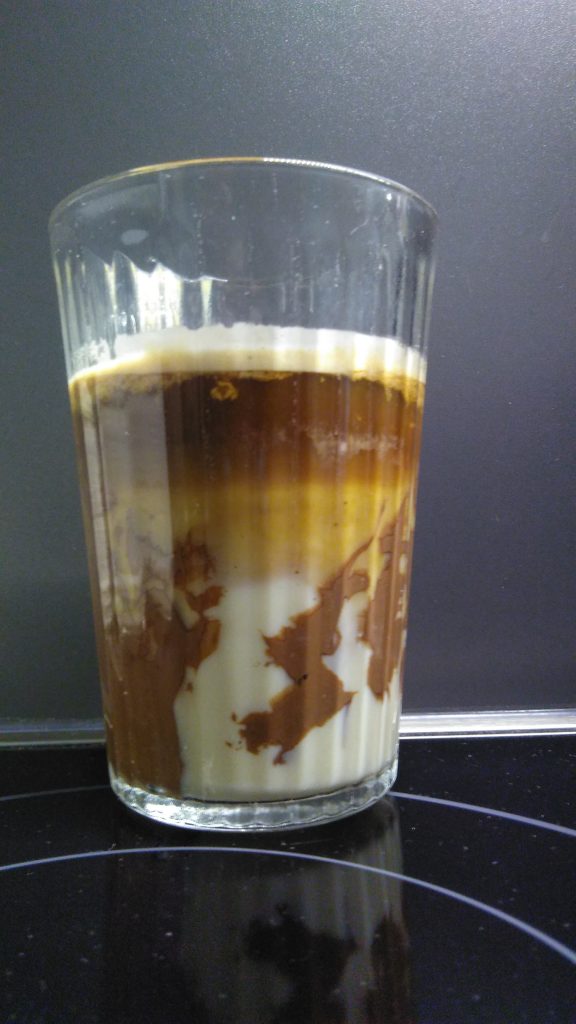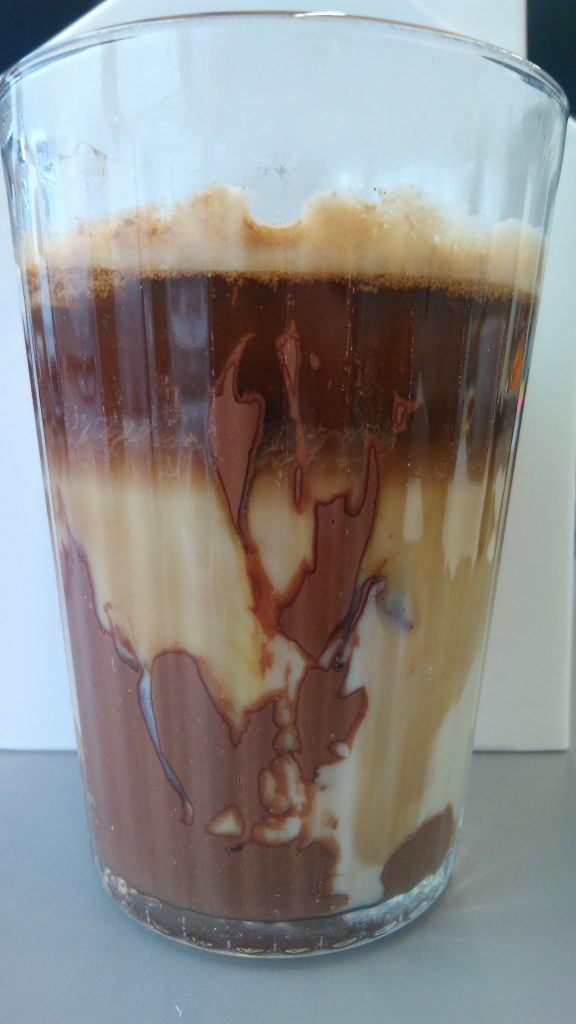Eintrag 475 aus der Monochrom’schen Datenbank des Vorüberschreitens, zitiert bei Glattauer:

Kinderphilosophische Betrachtungen über die österreichische Sicherheitspolitik
Vor der elektronisch gesteuerten Bildfläche in der U-Bahn-Station Westbahnhof wurde ein kleiner Bub von seinem Opa auf das Leben außerhalb des Kindergartens vorbereitet. Ohrenzeugin Astrid D. überliefert:
“Mehr Polizisten für Wien”, liest der Opa stolz vor. “Ist das gut, Opa?”, fragt der Bub. Opa: “Ja, das ist gut.” Bub: “Warum?” Opa: “Wenn es mehr Polizisten gibt, dann können sie besser auf uns aufpassen.” Bub (verängstigt): “Wie aufpassen?” Opa: “Aufpassen, dass uns nichts passiert.” Bub: “Wie, dass uns nichts passiert?” Opa: “Dass uns kein Einbrecher eine auf den Schädel haut.”
(Pause, das Kind grübelt.) Bub: “Ich mag aber lieber, dass der Papa auf mich aufpasst.” Opa: “Der Papa passt auf dich auf, und der Polizist passt auf den Papa auf.” Bub: “Ich mag aber nicht, dass der Polizist auf den Papa aufpasst.” Opa: “Wer soll dann auf den Papa aufpassen?” Bub: “Die Mama.” Opa: “Der Polizist passt auf alle auf, auf die Mama, auf den Papa, auf dich und auf mich.” Bub: “Und auf die Oma?” Opa: “Und auf die Oma.” Bub: “Ich mag aber nicht, dass der Polizist auf die Oma aufpasst.” Opa: “Warum nicht?” Bub: “Der Polizist soll auf den Einbrecher aufpassen.”
Quelle: Daniel Glattauer, DER STANDARD Printausgabe, 3.9.2007











